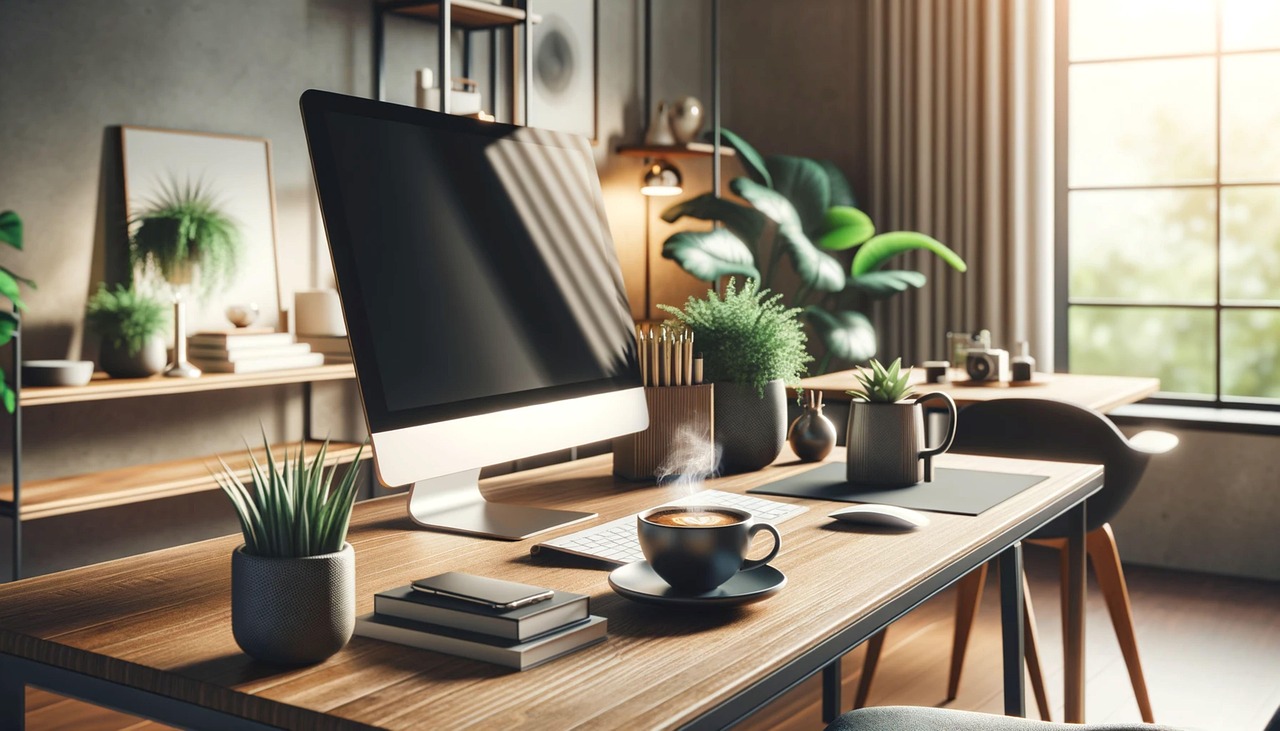
Our eyes work hard every day—from reading and driving to scrolling through social media and staring at screens. With so much visual demand in our modern world, it's easy to take our eyesight for granted until problems arise. The good news? You can take simple steps to protect your vision and reduce eye strain through healthy habits and good visual ergonomics.
Why Vision Health Matters
Your eyes are like any other part of your body—they need proper care to function well over time. Good vision contributes not only to your productivity but also to your overall quality of life. Whether you're working at a computer, reading, or spending time outdoors, supporting your eyes with good habits can help prevent discomfort and long-term issues like digital eye strain, dry eyes, or blurred vision.
What Is Visual Ergonomics?
Visual ergonomics is all about designing your environment in a way that supports comfortable, efficient, and sustainable vision use. It’s especially important for people who spend long hours in front of screens or doing close-up tasks.
Here are some key tips to improve visual ergonomics:
1. Follow the 20-20-20 Rule
Every 20 minutes, take a 20-second break and look at something 20 feet away. This helps your eye muscles relax and reduces the risk of digital eye strain.
2. Set Up a Vision-Friendly Workspace
Screen Position: Your computer screen should be about an arm’s length away and the top of the screen should be at or just below eye level.
Lighting: Avoid glare from overhead lights or windows. Use adjustable blinds and anti-glare screens if needed.
Font Size & Contrast: Adjust text size and contrast to reduce squinting.
3. Blink More (Yes, Really)
We tend to blink less when staring at screens, which can lead to dry, irritated eyes. Make a conscious effort to blink regularly to keep your eyes moist and refreshed.
4. Use Proper Prescription Glasses
If you wear glasses or contacts, make sure your prescription is up to date. Consider computer glasses with blue light filters if you spend a lot of time on digital devices.
5. Maintain Good Posture
Poor posture can lead to neck and shoulder strain, which often impacts how your eyes feel too. Sit with your feet flat on the ground, your back supported, and your screen at eye level.
Bonus: Nutrition for Vision Health
Eating a balanced diet can support your eye health, too. Look for nutrients like:
Vitamin A (carrots, sweet potatoes)
Lutein & Zeaxanthin (leafy greens, eggs)
Omega-3 fatty acids (salmon, walnuts)
Don’t Skip Your Eye Exams
Regular eye exams are essential—even if you don’t wear glasses. Your optometrist can catch early signs of eye disease, update your prescription, and offer advice tailored to your lifestyle.
The Bottom Line
Caring for your vision doesn’t have to be complicated. By practicing good visual ergonomics, taking screen breaks, and nourishing your eyes with healthy habits, you can keep your vision clear and comfortable for years to come.
Your eyes do a lot for you—take care of them!







